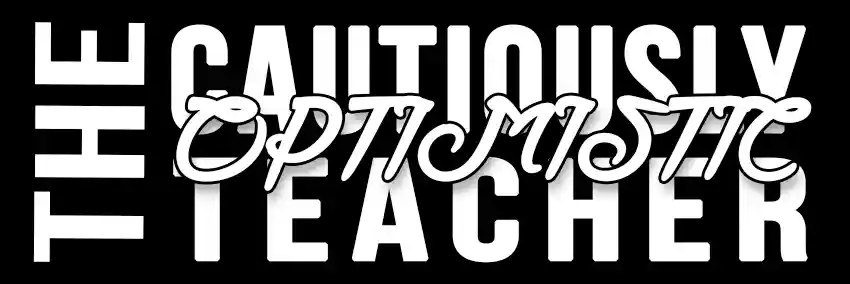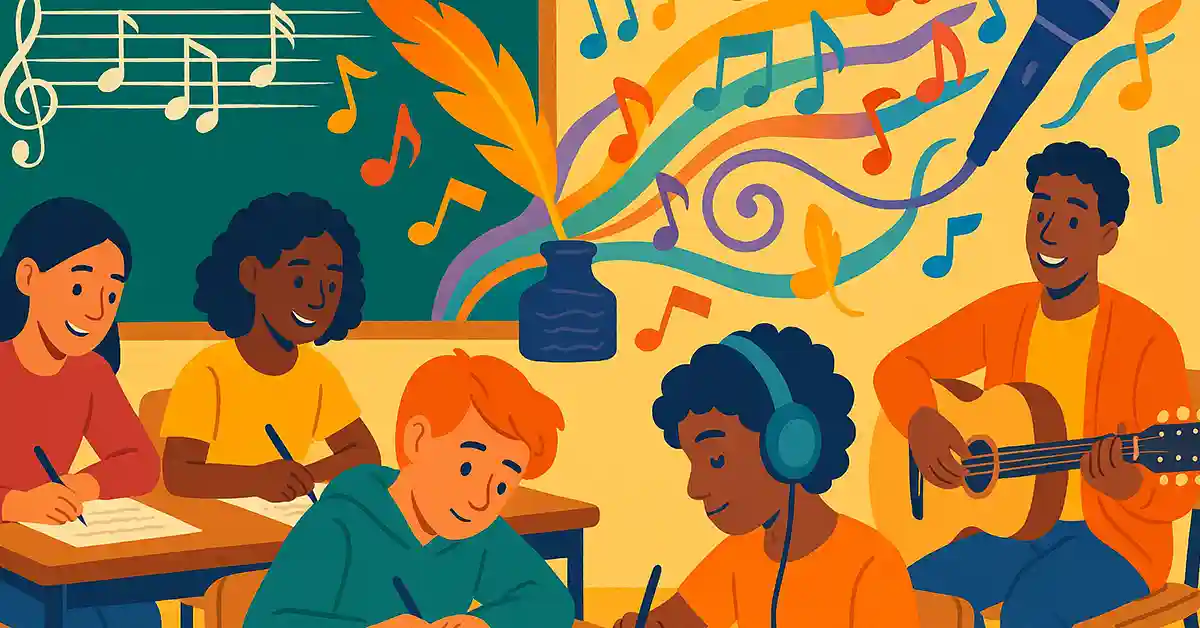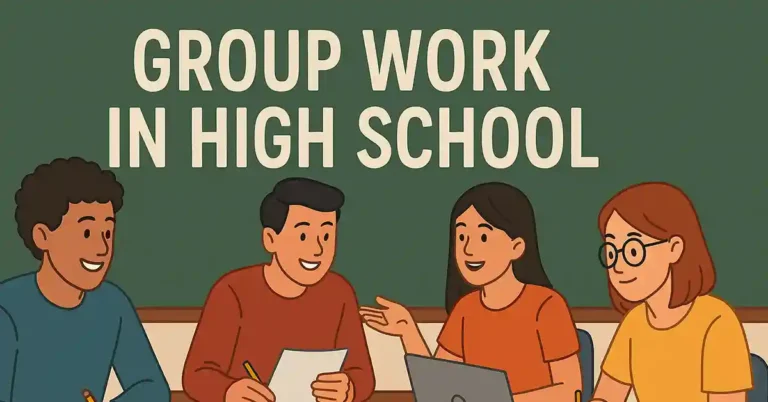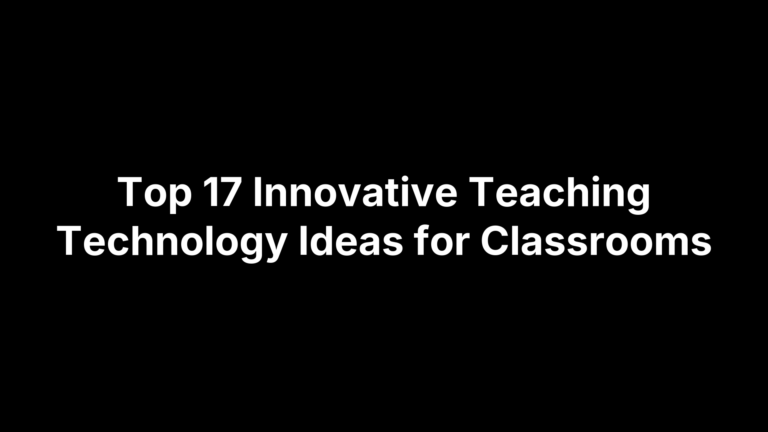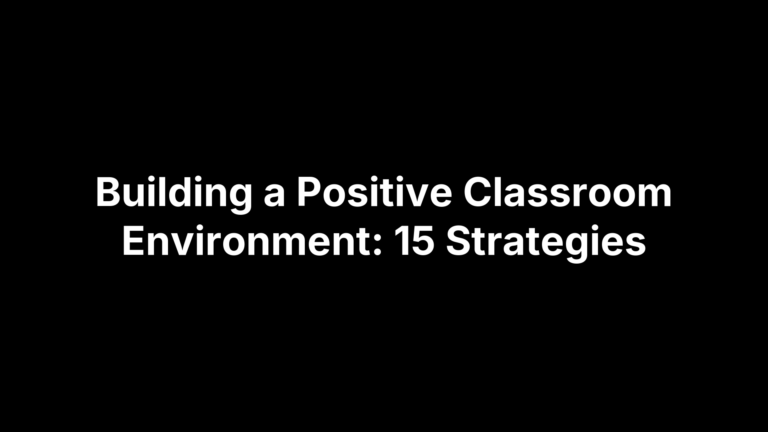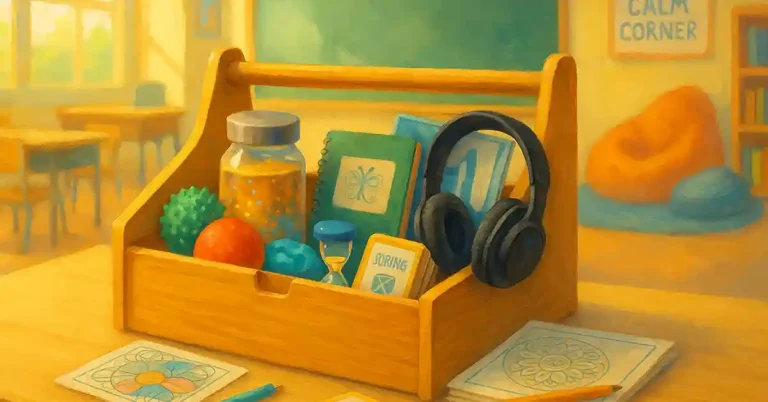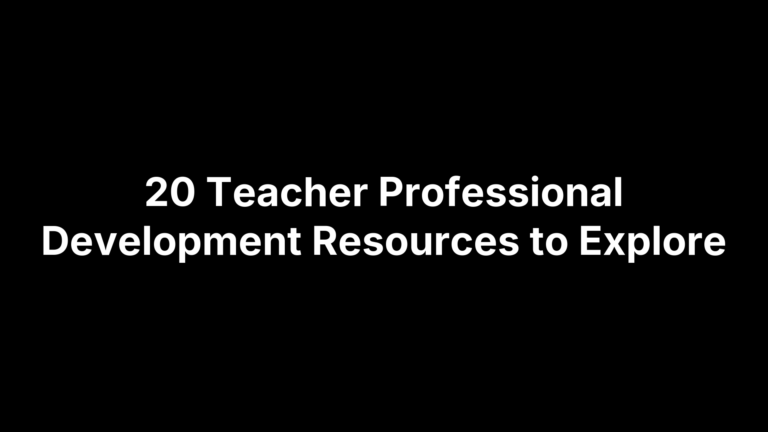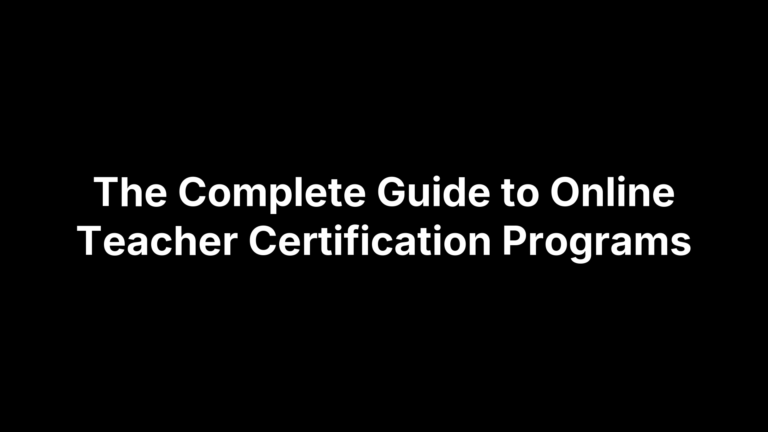Musical Poems Lesson Plan—When Poetry Puts on Headphones
Why a Musical Poems Lesson Rocks (Literally)
I’ve yet to meet a teenager who doesn’t perk up when the speakers crackle to life. By hitching poetry to a catchy melody, we hijack students’ natural sense of rhythm—making meter, figurative language, and theme feel less like homework and more like an impromptu jam session.
Learning Objectives
By the end of this Musical poems lesson, students will be able to:
Analyze how rhythm and mood influence poetic tone.
Compose original lyrics that fit a predetermined beat or melody.
Edit and revise lines for syllable count, rhyme scheme, and figurative flair.
Perform confidently, demonstrating vocal expression and audience awareness.
Materials & Prep
Royalty-free instrumental track (short, familiar, easy beat).
Speakers or smartboard with audio.
Blank or guided lyric sheets.
Highlighters or colored pens for scansion checks.
Optional: AI lyric assistant (hello, ChatGPT!) for differentiation.
Quick teacher prep (≈10 min):
Cue the track.
Print lyric sheets.
Draft a deliberately awkward demo verse so students see failure is part of the fun.
Procedure (Turn Up the Volume!)
Hook & Listen – 3 min
Play the melody once. Invite students to snap, tap, or air-drum to find the beat.Mini-Lesson: Rhythm ≠ Rhyme – 5 min
Model counting syllables to match musical phrases; demonstrate alliteration versus internal rhyme.Brainstorm Themes – 4 min
In pairs, list possible topics—school pride, climate heroes, “Ode to Cafeteria Pizza,” etc.Draft Lyrics – 12–15 min
Students write, aiming for chorus-verse structure. Struggling writers can dictate to AI or a partner.Peer Jam Session – 6 min
Swap pages, tap the beat, and give quick “fits / doesn’t fit” feedback.Polish & Perform – 10–15 min
Volunteers rap, croon, or speak their poem. Audience snaps earn extra-credit participation points.
(Adjust times as needed for your class period.)
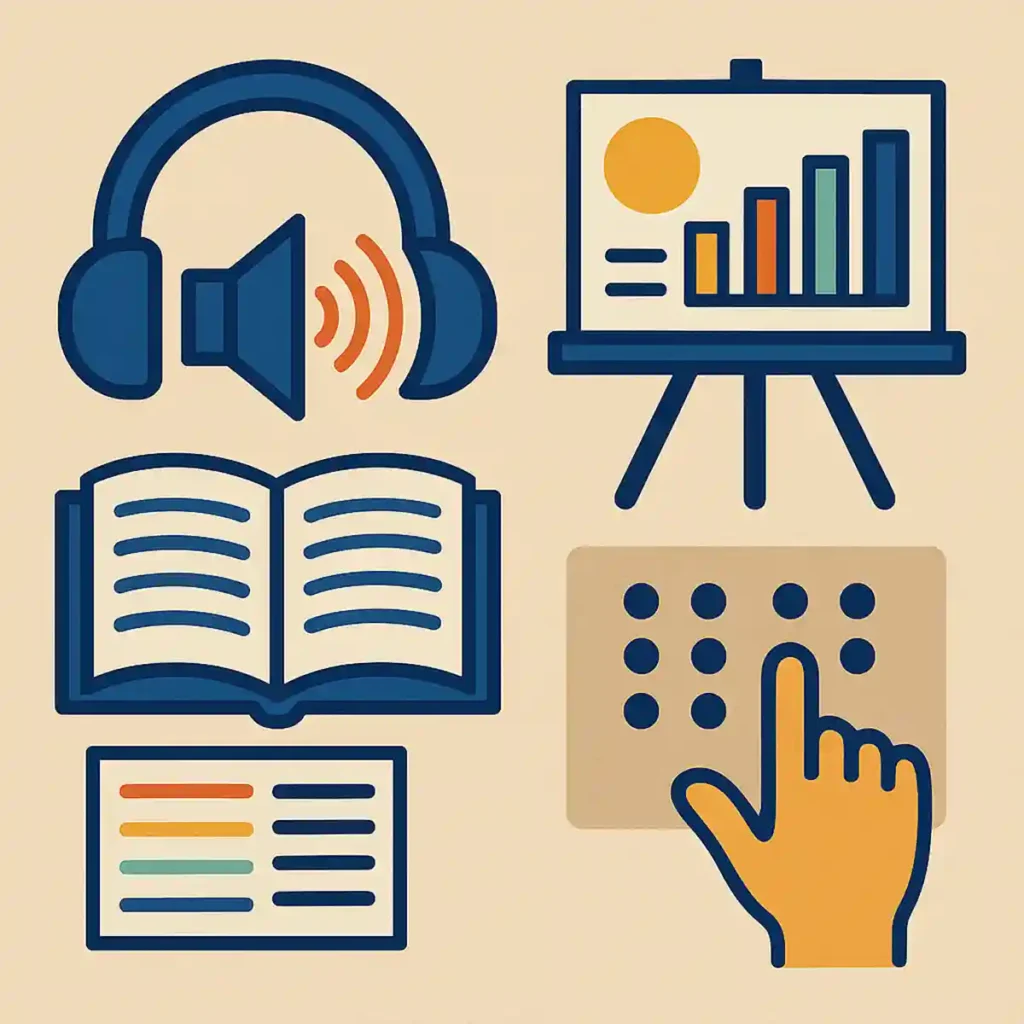
Differentiation & UDL Tips
Multiple Means of Engagement: Offer genre choices—lo-fi hip-hop, sea shanty, even a Gregorian-chant remix for the drama kids.
Multiple Means of Representation: Provide a color-coded scansion key; project syllable counts visually.
Multiple Means of Action & Expression: Accept spoken-word, sign-language performance, or a storyboarded “music video” instead of live vocals.
Assessment & Reflection
Rhythm accuracy
Formative: Peer tap-test during drafting.
Summative: Rubric—syllable alignment worth 10 points.
Figurative language
Formative: Students highlight devices in their drafts.
Summative: Self-evaluation checklist worth 10 points.
Performance skills
Formative: Exit-ticket reflection on comfort level and vocal expression.
Summative: Recorded showcase (Flip or similar) worth 20 points.
End the lesson with a three-sentence reflection prompt: What surprised you about writing to music? Their insights often reveal hidden barriers—or secret ambitions to become the next Taylor Swift.
Extensions & Cross-Curricular Links
History mash-up: Rewrite a protest song from a civil-rights unit.
Science spin: Pen lyrics about the water cycle to the tune of “Row, Row, Row Your Boat” (rounds work wonders for layered imagery).
Digital creation: Use free DAWs (GarageBand, BandLab) to layer student vocals over beats—instant multimedia portfolio piece.
Quick Troubleshooting FAQ
“My class is tone-deaf!” Spoken-word counts. Emphasize rhythm over pitch.
“What if lyrics don’t fit?” Trim filler words or swap synonyms with fewer syllables—thesauruses are your friends.
“Stage-fright central.” Allow small-group performances or audio-only recordings.
Final Chorus
A Musical poems lesson turns poetic analysis into a full-body experience—eyes on the text, ears on the beat, hearts in the performance. Once students belt out an original stanza about mitochondria or Macbeth, you’ll see why rhythm is a gateway to rhyme.
